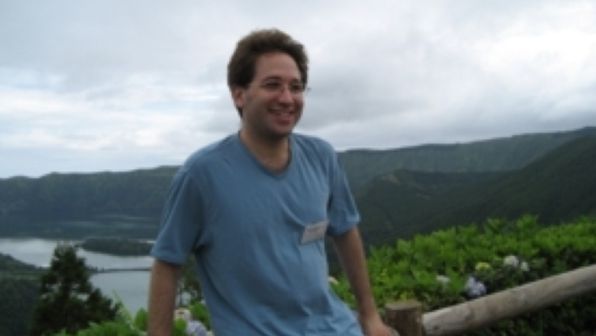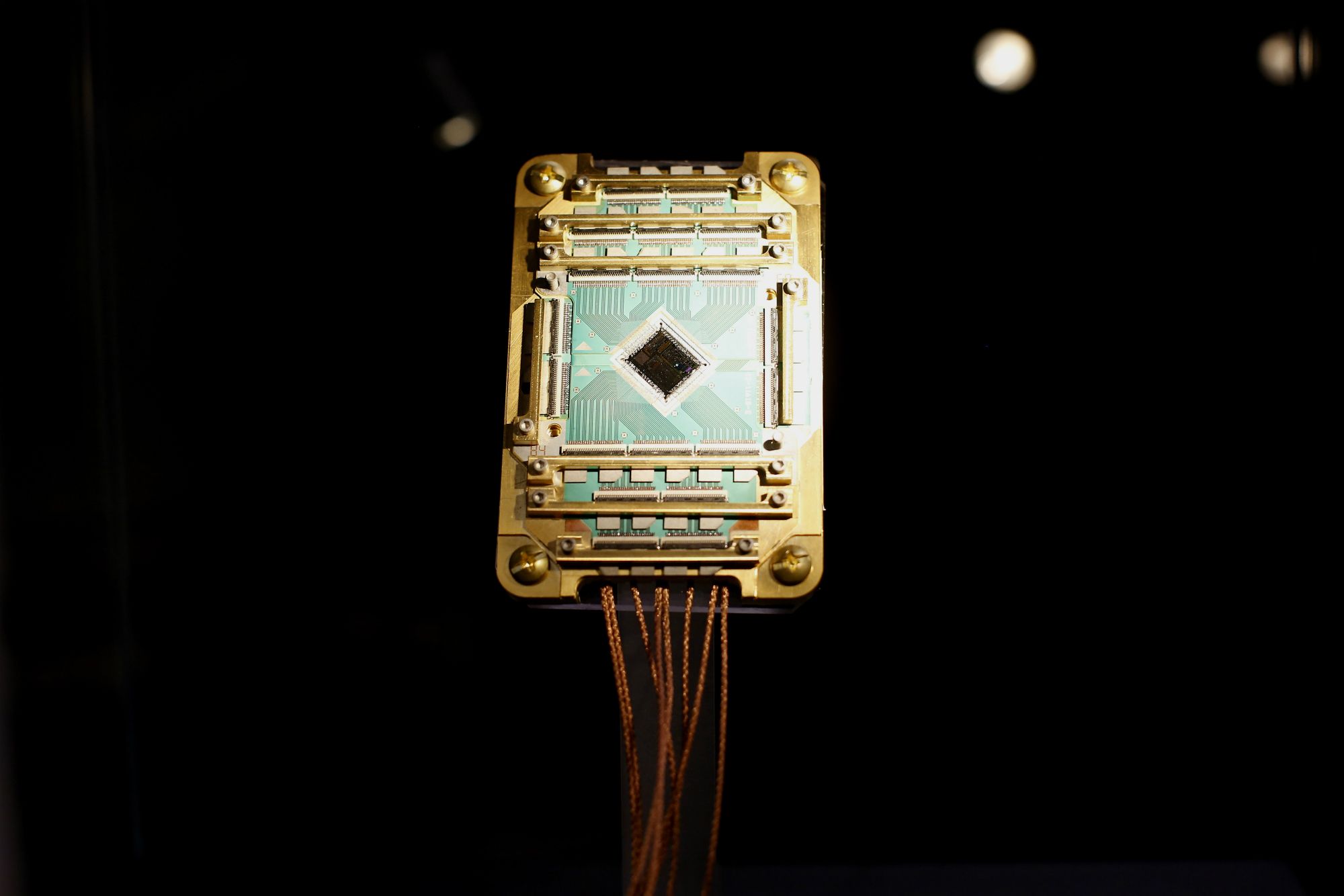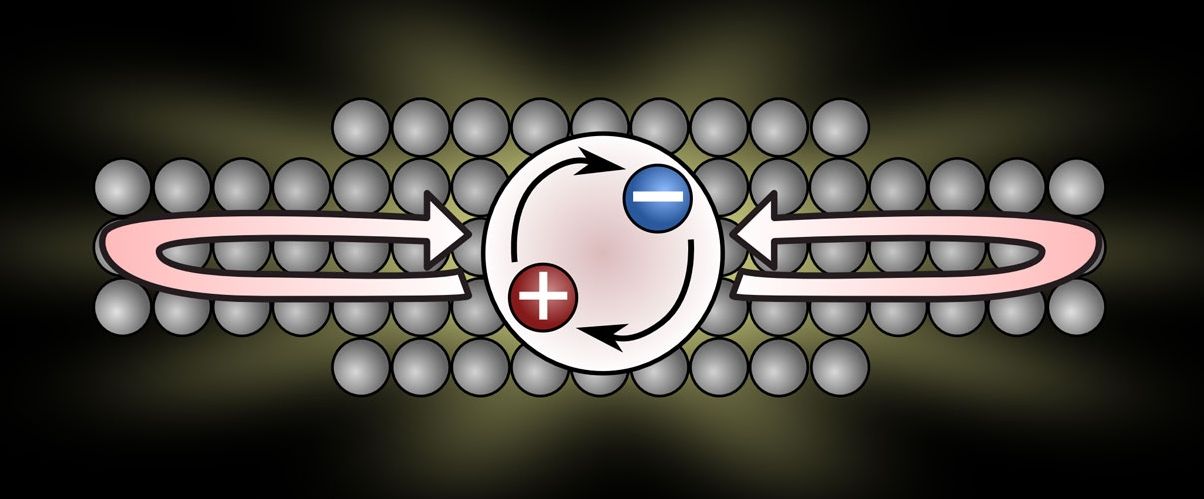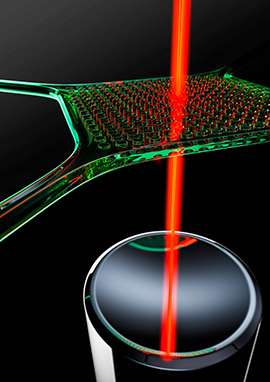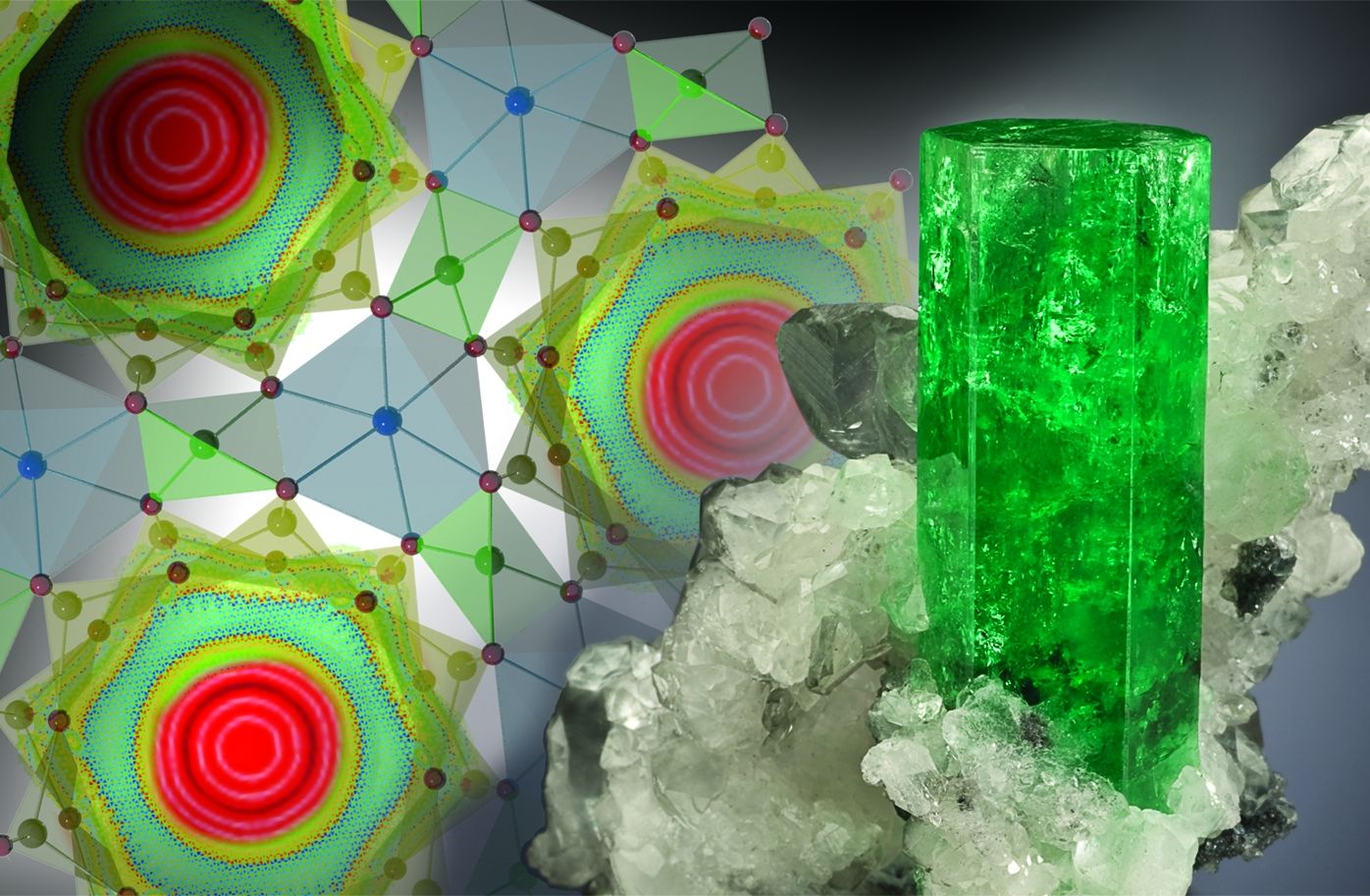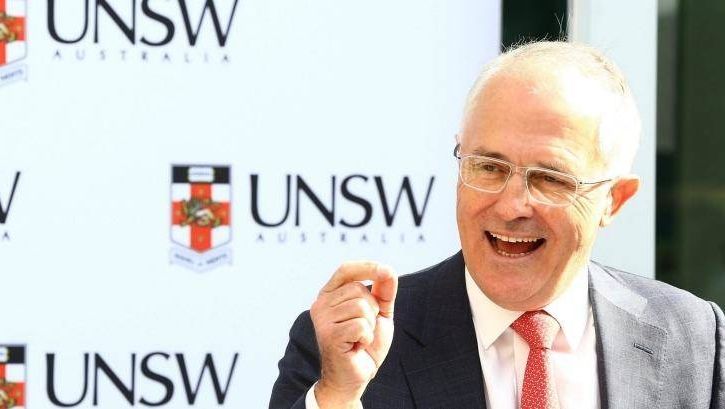In quantum gravity, classical physics and quantum mechanics are at odds: scientists are still uncertain how to reconcile the quantum “granularity” of space-time at the Planck scale with the theory of special relativity. In their attempts to identify possible tests of the physics associated with this difficult union, the most commonly studied scenario is the one that implies violations of “Lorentz invariance”, the principle underlying special relativity. However, there may be another approach: to salvage special relativity and to reconcile it with granularity by introducing small-scale deviations from the principle of locality. A recent theoretical study just published in Physical Review Letters and led by the International School for Advanced Studies (SISSA) in Trieste has analysed such a model demonstrating that it can be experimentally tested with great precision. The team is already collaborating on developing an experiment, which will take place at the LENS (European Laboratory for Non-linear Spectroscopy) in Florence, some members of which have also taken part in the theoretical study.
Our experience of space-time is that of a continuous object, without gaps or discontinuities, just as it is described by classical physics. For some quantum gravity models however, the texture of space-time is “granular” at tiny scales (below the so-called Planck scale, 10–33 cm), as if it were a variable mesh of solids and voids (or a complex foam). One of the great problems of physics today is to understand the passage from a continuous to a discrete description of spacetime: is there an abrupt change or is there gradual transition? Where does the change occur?
The separation between one world and the other creates problems for physicists: for example, how can we describe gravity – explained so well by classical physics – according to quantum mechanics? Quantum gravity is in fact a field of study in which no consolidated and shared theories exist as yet. There are, however, “scenarios”, which offer possible interpretations of quantum gravity subject to different constraints, and which await experimental confirmation or confutation.

